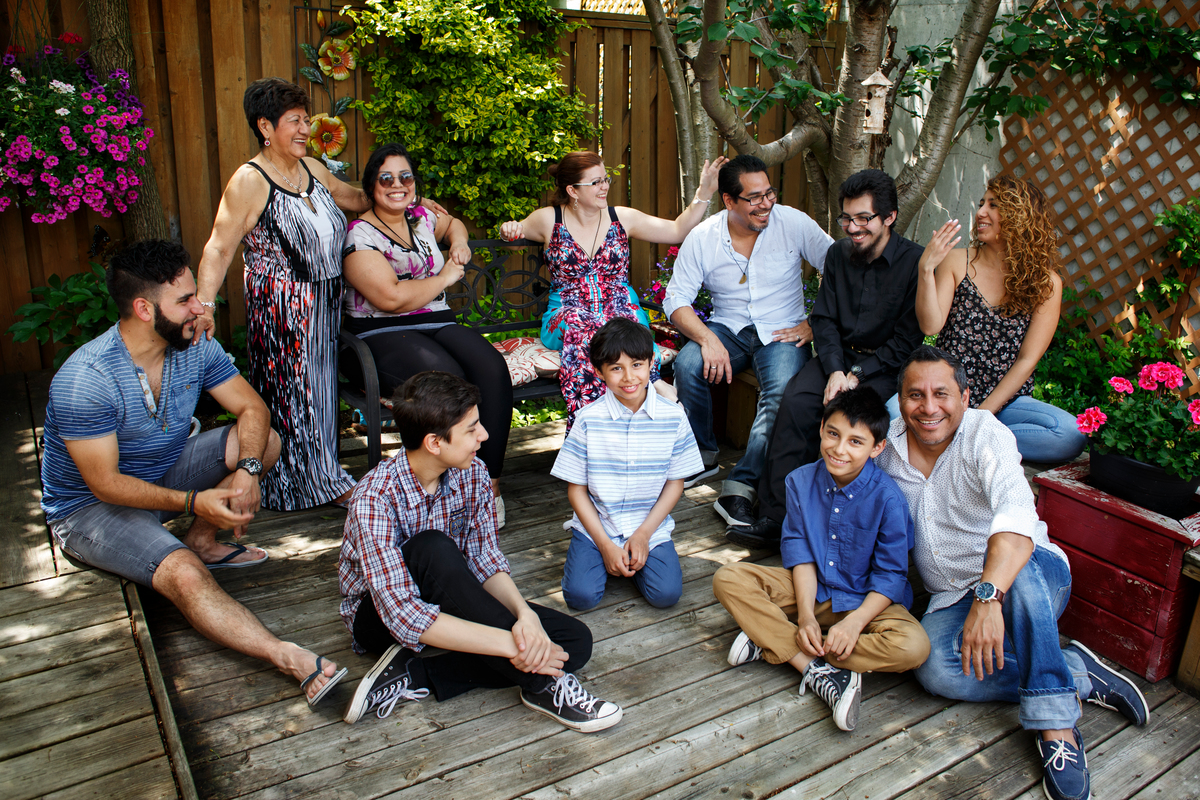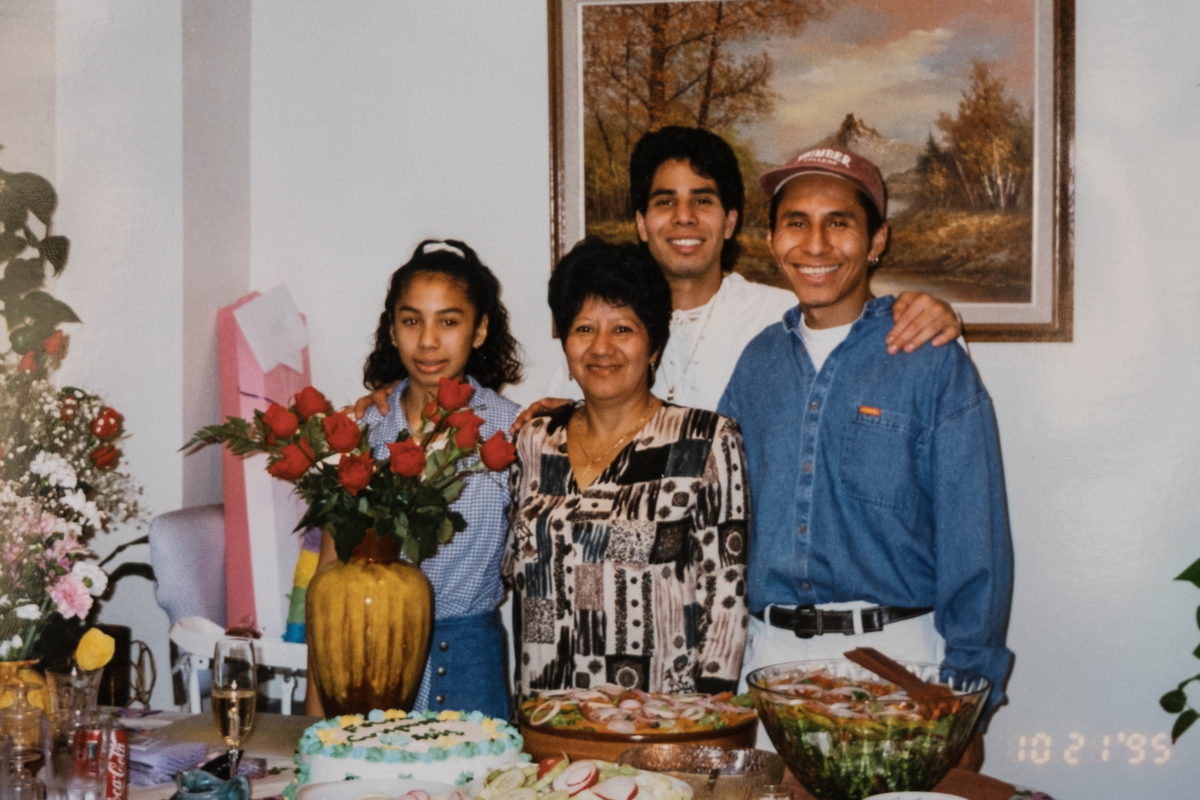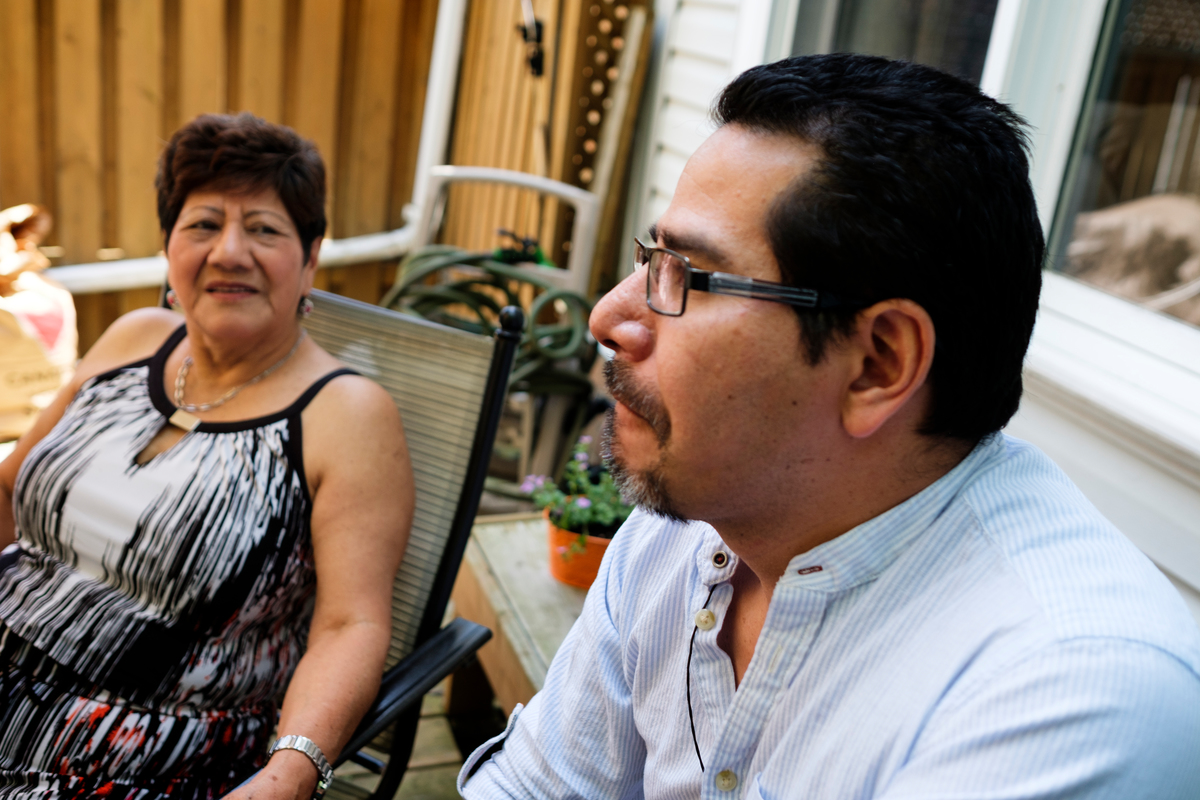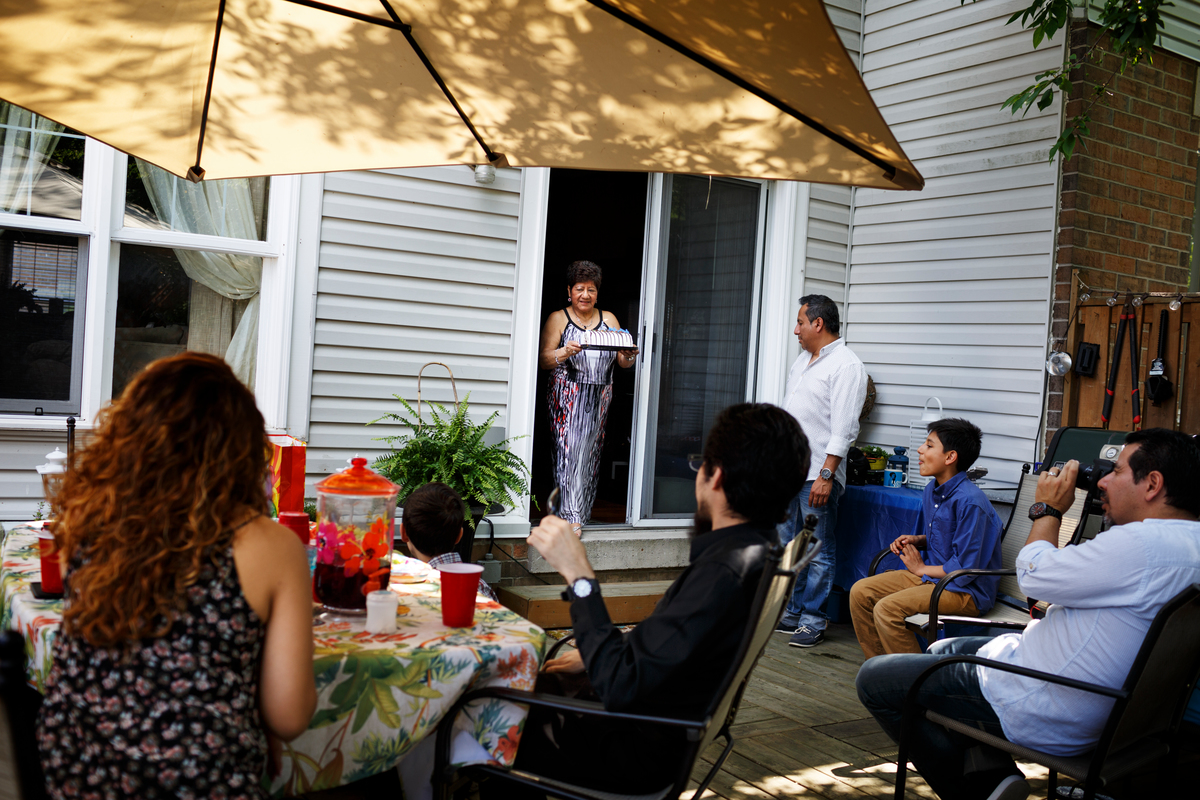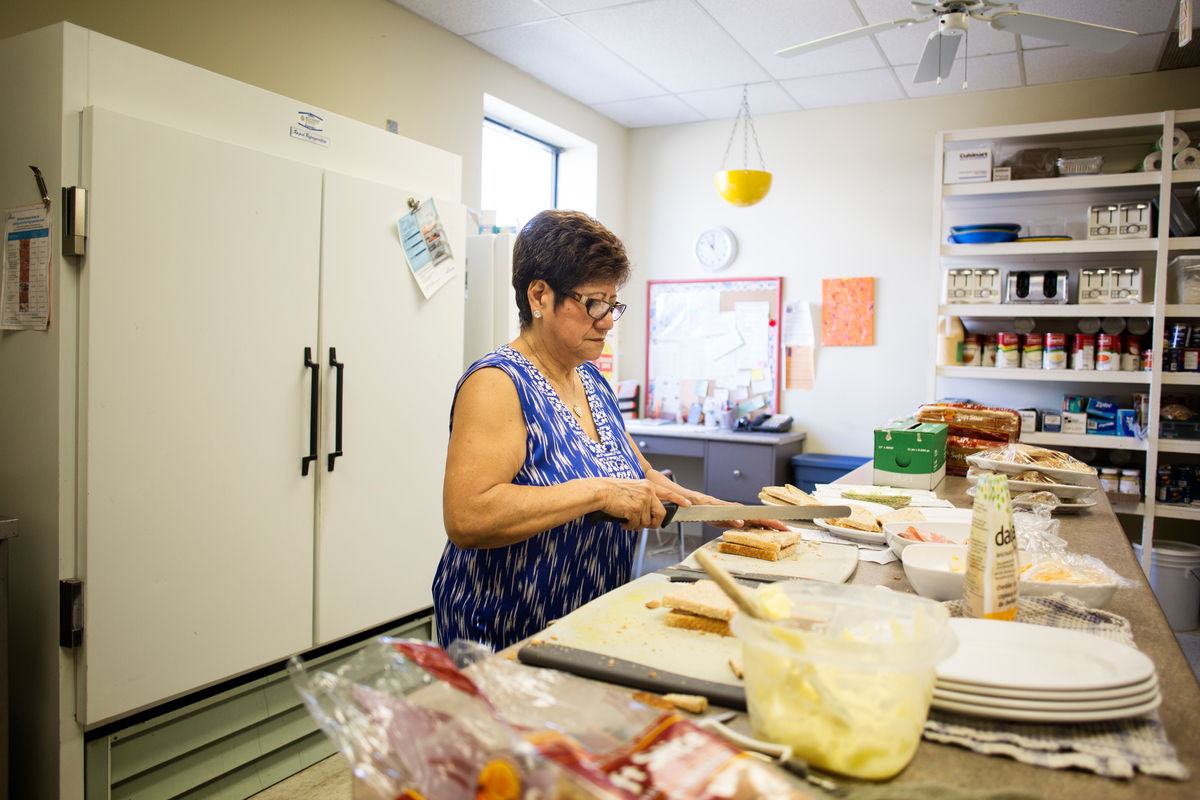Refugee from El Salvador gives back to her adopted homeland

Refugee from El Salvador gives back to her adopted homeland
Every year Gladys Zuniga pledges to retire from her job preparing meals at a day-care centre in Newmarket, Ontario. And every year she keeps coming back.
“I'm going to miss going every day there,” says Gladys, who says she really means it this time. Now 70, she is five years past Canada’s official retirement age. “The kids... they're special.”
When she first got the job 25 years ago, the children raved to their parents about her cooking. Puzzled, the parents asked what her secret was. Gladys assured them there was nothing special about the products she used, all but one sourced from a local grocery store.
“My first ingredient, that I pour over, is love,” she says. “And [the parents] just laugh! They say ‘Gladys, you're gonna make me cry’.”
Helping others has been a central theme in the life she has built since arriving in Canada back in 1988. Gladys, her husband and their three children were among thousands of Salvadorans who fled a bloody civil war at home and reached safety in Canada.
"When you have a chance to help
other people, just do it."
Gladys left behind a career as a social worker and a teaching position at a college in her Central American homeland, and took a factory job upon arriving in Ontario. “My only purpose was the safety of my family,” she recalls.
With the support of the new community around her, Gladys made the most of new opportunities to work and study.
“When I was younger, I remember my mom working early in the morning. She came for lunch, maybe a nap, and then ran out, taught classes and, later at night, continued with her own education at university,” recalls her son Alexes, who is now 47 and a union organizer for vulnerable workers in Canada.
After Gladys began working at the day-care centre, others in the community stepped up to help the family to settle in.
“We found a lot of people who helped us,” Gladys recalls. “Beautiful people who gave us a hand and made us feel like we were at home.”
In return, Gladys has given back. She started an organization to help vulnerable farm labourers navigate life in Ontario when they did not speak the language. She has also volunteered with elderly immigrants whose social networks are limited.
“I always say to my kids: when you have a chance to help other people, just do it,” she says.
In the heat of summer, she tends the small garden behind her house. Braided into the greenery are strings of lights for when she entertains the many friends and family – including five grandchildren – who often converge at her house.
“I feel, at this moment, I did good,” she says. “I made the right decision to come over here. I've done it and that's the most important thing for me. This is home. This is home now.”
Her children agree. “El Salvador – it’s our culture and we keep that,” says Alexes. “But when we travel the world and people ask us: ‘Where are you from?’ I say I'm Canadian. And proud of it.”
Then and Now is a series of stories profiling refugees who have come to Canada over the years, in search of safety, stability and a chance at a better life. Starting from 1956, when Canada accepted its first major intake of refugees, the project uses archived images and family photos to tell the stories of refugees from Hungary, Viet Nam, Uganda, Somalia, Colombia, Cambodia, Burundi and El Salvador.



